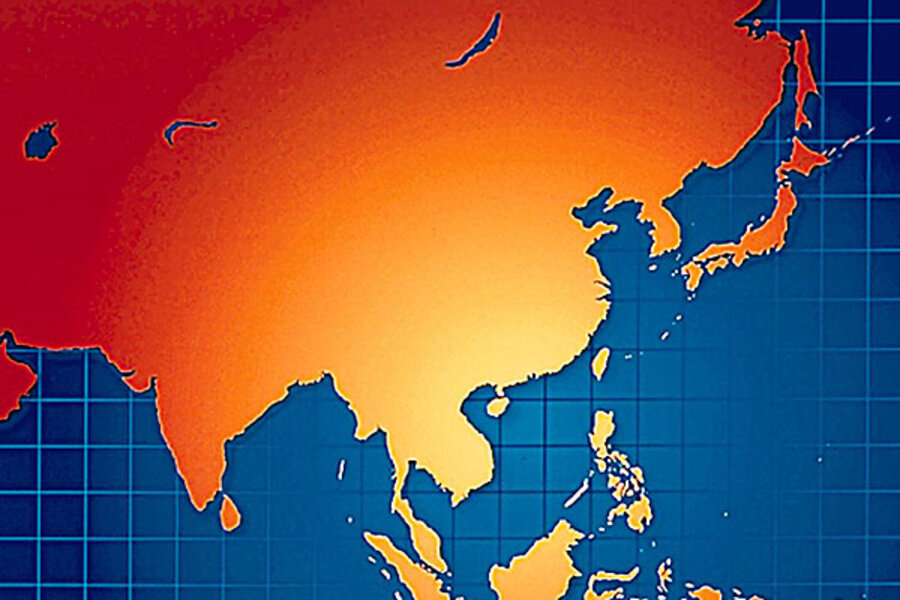China’s impressive. But India may have more long-term potential.
Loading...
| Mumbai, India
This weekend we went to a wedding reception in Mumbai.
There were beautiful women dressed in brightly colored traditional gowns. Men favored western business suits, but a few sported the outfits usually worn at Hindu weddings…with flowing, colored tunics, baggy white pants and little embroidered slippers.
These were the men and women who are leading the Indian economy in one of the most remarkable growth stories in economic history. India has been upstaged by China. The middle kingdom’s story…from communist rags to capitalist riches in a single generation has a lot of dramatic punch. But India’s story may have a longer run. Because India grows without relying too heavily on exports. And it seems to have a large class of people who may be capable of keeping that growth on track.
“I now work for Blackrock,” said a pretty young woman. “I did my undergraduate work at the University of Texas. Then I worked in New York for a while.
“My sister lives in Georgetown, not far from you…”
Another man was a Sikh, with a turban on his head.
“I’m a metallurgist. I believe in machines. When I have money, I buy machines. I don’t trust stocks…”
It was a Sikh who assassinated Indira Ghandi. The Sikhs – a military caste – were regarded with deep suspicion for a while. Incidentally, the French prohibit people from wearing a turban when they get an official photograph. This is to provide the government with an accurate picture of the person, presumably. But since the Sikhs wear their turbans all the time, a more accurate picture would show what the man looks like with his turban on…
“I went to the University of Nevada,” said one of the guests. “I went to MIT,” said another. “I went to the University of Pennsylvania…”
“I got a patent on…. I’m a biochemist… I’m on the board of… I run a business that…”
One after the other, the résumés were impressive. These are people who have money, training, ambition, manners…
“There is no Social Security in India,” explained a colleague. “And no welfare. We’re too poor for that. People know they have to work to support themselves and their families. And the economy is still an entrepreneurial economy. The people who have money usually run their own businesses. The money is still in the hands of entrepreneurs instead of professional managers. It’s more like the economy in the US during the early part of the 20th century, in other words, than like today’s US economy.”
Add/view comments on this post.
------------------------------
The Christian Science Monitor has assembled a diverse group of the best economy-related bloggers out there. Our guest bloggers are not employed or directed by the Monitor and the views expressed are the bloggers' own, as is responsibility for the content of their blogs. To contact us about a blogger, click here. To add or view a comment on a guest blog, please go to the blogger's own site by clicking on the link above.





